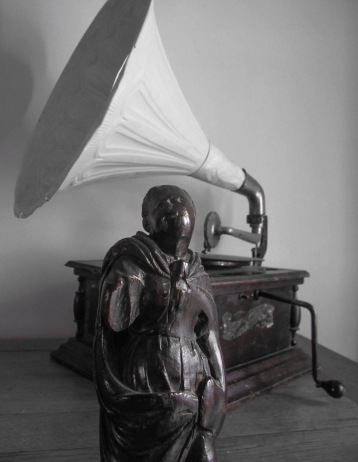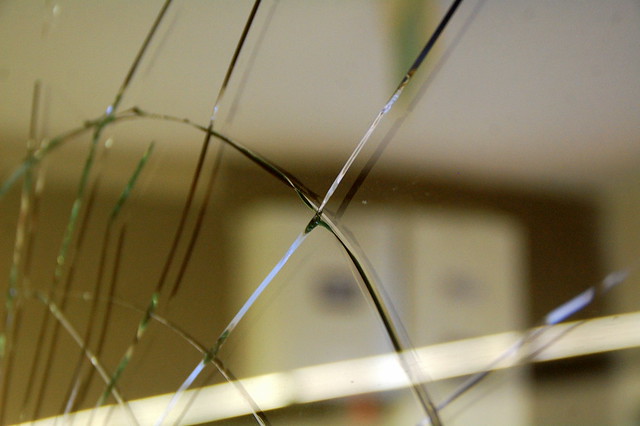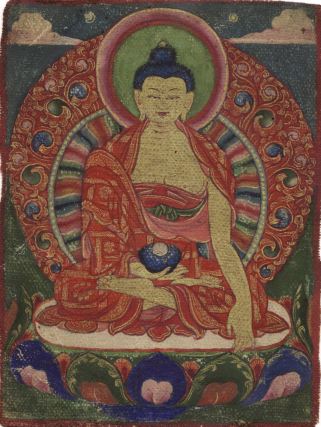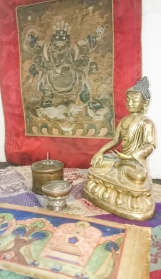One of the most famous pieces of modern Chinese art is a set of 3 images from 1995 showing the artist Ai Weiwei intentionally dropping and smashing a 2000 year old Han dynasty urn. In fact he actually smashed two, since the photographer failed to capture the first drop successfully. Oops. As a cultural statement this seemingly mundane act somehow hit at the heart of many people’s sense of sentimentality and decorum regarding the care of our antiques and there was a public outcry against this all too blatant act of vandalism in the name of art.
High profile vandalism within antiques is an all too common story. Whether its the Taliban blowing up Buddhas, Militants destroying Iranian museums, the never ending debate over the Elgin marbles that were ripped from the Parthenon, infamous paintings slashed to make a political point or, as I read a few months ago, US immigration officials smashing ivory components from a host of antique treen because they had not been properly declared. When the Ivory story was reported in the press, I clearly remember the impassioned backlash that hit social media the next day. While the US authorities had merely followed protocol in upholding the tight anti-ivory laws that exist in the States, for antique lovers everywhere their actions were perceived as little better than Ai Weiwei’s.
The other week when collecting an object I’d purchased, I chanced into the owners workshop where a rather lovely Georgian rosewood card table was in the process of being permanently lost under a fresh layer of crackled gold leaf and black paint. Though the transformation was intended to make the item more saleable, to me it seemed like an unjust funeral for such a good original item. I felt a 2000 year old vase smash inside me, but being English I said nothing. Only when I got home and looked around did the reality dawn. The truth behind most everyday ‘vandalism’ is that we all live with, accept and sometimes cherish elements of it in our own homes and that perhaps it only affects us when it openly rejects our own beliefs. From dressing tables cut down into bedside cabinets, wardrobes refashioned into bookcases, tables stripped, paintings over-restored, chairs recovered and a multitude of items repainted to the latest fashionable finish, we are all culpable perhaps for allowing the unnecessary destruction of our antique items.
The above are obvious examples, yet things can also be far subtler. I was surprised to learn the other day that nobody actually knows what an authentic 18th century finish was like on furniture. With a lack of written documentation, natural decay, over zealous waxing and pieces being refinished using 19th century shellac recipes, no-one still knows how 18th Century homeowners would have expected their new furnishings to have looked. Even without realising it, the most conscientious among us are still a little culpable of some light vandalism as well.

‘Vandalism’ remains an emotive term because it implies not just the wilful destruction of the object itself but more importantly the wilful rejection of what it stood for. The Chinese respect for tradition and ancestor worship meant it was not surprising a broken old vase upset people. Yet had the artwork happened in our own country over the last few years, I wonder if we would have reacted the same way? In our world ‘upcycling’ remains the buzzword for savvy Millenials and countless television hours are spent teaching us that an old item is only really desirable now when refashioned into something new. Beyond just the physical change, we have also chosen to downplay many of the intentional meanings of the past in favour of our own modern far softer melting pot approach. Looking around at the hotch-potch of antiques I choose to live with, I see that I’ve also unwittingly vandalised the original meaning out of many of the objects I so love. For example a pure Cotswold cabinet that defined the virtue of traditional handicraft and rejection of mass-production holds our mass produced TV, a 16th century carving of a saint that is meant to evoke the higher unworldly place of God sits beside a 1920s Gramophone, an object for praying to the false idols of popular music. I could go on….
In 2014 Ai Weiwei’s controversial work was part of an exhibition in Miami. Displaying a series of ancient pots dipped in modern bright house paint, a member of the public walked over, picked up one pot and dropped it on the floor. This act of vandalism was reputedly a protest against the museum’s preference for displaying international over local artists, but the bitter irony was lost on the authorities who arrested the man, and also to Ai, who the man later had to apologise to. While antiques remain so embedded not just into politics and ideology but the whirlwinds of fashion and novelty …….I wonder what wilful vandalism we will subject them to next?
Broken Mirror photo attribution: by Massimiliano Calamelli



